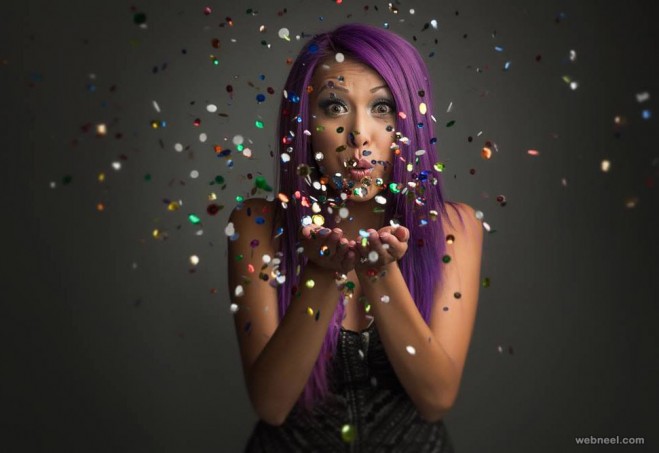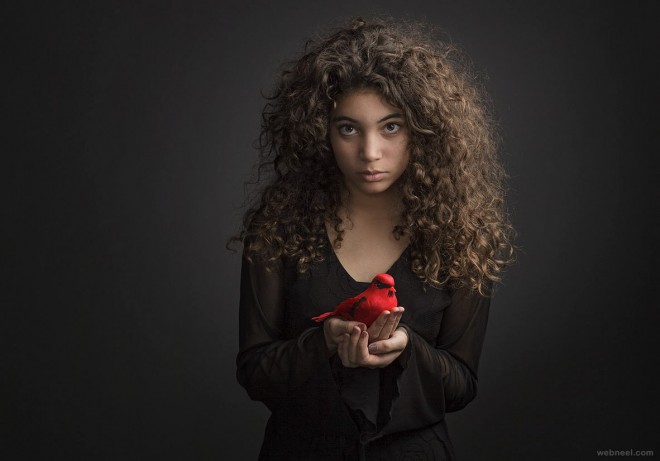GENDER & JUXTAPOSITION
BRIEF:
To create an illustration and a story board
with 10 pictures on gender and juxtaposition using different approaches, based
on your understanding. After which create an image manipulation using
Image,Illustration and text.
THE TOPIC:
We explore the concept of gender and how it's been visually depicted in form of image through a diverse range of perspectives. We shall study the semiotics and various social and indigenious contexts of gender depiction using the theory of juxtaposition.
WHAT IS GENDER?
Gender refers to the socially constructed
characteristics of women and men – such as norms, roles and relationships of
and between groups of women and men. It varies from society to society and can
be changed. As are the gender roles associated with it.
I had gone through a wide areas revolving the topic like gender roles, gender bias hierachy, patriarchy, matriarchy
POWER IN GENDER: Power is the ability or capacity to do something or act in a particular way. Power is distributed in the form of either male dominance ( Patriarchy) or fermale dominance (Matriarchy)
GENDER ABUSE: power can sometimes lead to the abuse of it or treatment of it is as privilege. There are several types of abuses:
•PSYCHOLOGICAL
•EMOTIONAL
•FINANCIAL OR MATERIAL
•DISCRIMINATORY
•PHYSICAL
•SOCIAL NEGLECT
MY MICRO TOPIC RELATED TO ABUSE:
GASLIGHTING
Gas-lighting is a form of psychological abuse in which a victim is manipulated into doubting their own memory, perception, and sanity. Instances may range from the denial by an abuser that previous abusive incidents ever occurred up to the staging of bizarre events by the abuser with the intention of disorienting the victim.
GASLIGHTING AS AN ABUSE TACTIC:
- VICTIM FORGETS A CHUNK OF HIS/HER MEMORY
- GASLIGHTING CAN HAPPEN COLLECTIVELY
–POLYRELATIONSHIPS
- –FAMILY OF THE ABUSER
- –PEER GROUPS
- YOU WERE ALWAYS PRESENT MENTALLY BUT UNCONSCIOUSLY NEGLET OURSELVES
TACTICS USED BY AN ABUSER
(GASLIGHTER):
- By discrediting you or making others think you are unstable
- Using a mask of confidence, assertiveness, and/or fake
- He/she will try to change the topic by usual sentences like, “You’re imagining things—that never happened!” “No, you’re wrong, you didn’t remember right.”
- By trivializing how you feel and what you think, the gaslighter gains more and more power over you, e.g. “Why are you being so sensitive?” “You don’t need to get angry over a little thing like that!” “I was just joking around, why are you taking things so seriously?”
AFTERMATH:
The victim feels the after effects of the gaslighting in three
stages:
•DISBELIEF
•DEFENSIVE
•DEPRESSION
–RELIVING
–AVOIDANCE( AVOIDING PEOPLE)
–AROUSAL(LACK OF CONCENTRATION, IRRITABILITY)
SIGNS OF BEING GASLIGHTED
•Do You
Question the Validity of Your Memories and Experiences?
•Are
There People in Your Life Who Actively Discredit Your Memories and Experiences?
•When
You Call Someone Out on Hurtful or Abusive Behavior, Are They Quick to Dismiss Both You
and the Situation?
•When
You Try and Bring Up Hurtful or Abusive Behavior, Do They Immediately Turn It Around
and Play the Victim?
PORTRAYING GASLIGHTING THROUGH PHOTOGRAPHY STORYBOARD:
The storyboard you are about to see is based on the phases of a victim goes through during and after gaslighting.
Ideation: For this i had simply divided each phase into a mood a victim experiences throughout the abuse;
·
happy
·
confused
·
scared
·
self doubting
·
depression
·
defensive
·
self realisation
The idea for the storyboard came from a very famous movie Gaslight (1944) where the protagonist Paula( Ingrid bergman) is gaslighted by her husband in order to become rich. In this movie we see Paula go through transformations similiar to what i have attempted through my CANON 1200D camera.
 |
| Happy |
 |
| Confused |
 |
| Scared |
 |
| Self doubting |
 |
| Depression |
 |
| Defensive |
 |
| Self realisation |
PORTRAYING GASLIGHTING THROUGH ILLUSTRATION:
In illustration process i researched various topics and incidences related to gaslighting. For example i came across an article of gaslighting used by East Germany secret police.
''ZERSETZUNG"
Stasi used a method which was really
diabolic. It was called Zersetzung, and it's described in another guideline.
The word is difficult to translate because it means originally
"biodegradation." But actually, it's a quite accurate description.
The goal was to destroy secretly the self-confidence of people, for example by
damaging their reputation, by organizing failures in their work, and by
destroying their personal relationships. Considering this, East Germany was a
very modern dictatorship. The Stasi didn't try to arrest every dissident. It
preferred to paralyze them, and it could do so because it had access to so much
personal information and to so many institutions.
This theory helped me evolve the illustration through various sketches finally zeroing on an idea you will see in the final artwork.
 |
| FINAL ROUGH SKETCH |
''LANTERN"
Lantern was used inspired by the movie Gaslight. It signifies how a brain can be manipulated similiar to light in the lantern.
PORTRAYING GASLIGHTING THROUGH IMAGE MANIPULATION:
In this composition i have manipulated all the photos taken in the storyboard and have compared the change in mood and mental state to the change in moon phases, and finally the juxtaposed face in fire signifies the realisation of the victim and recovery of her from the abuse.
PORTRAYING GASLIGHTING THROUGH JUXTAPOSITION:
Here i have juxtaposed the the face in fire from the image manipulation and as we can see the whole meaning has changed. Now it signifies how mental abuse can burn us slowly like the wick in the lantern.
REFLECTION:
I had never ideated or researched with this intensity before. But the mentorship and support from collegues and teachers made it possible for me to come up with this vastly unearthed issue here in our country and to be able to express it and create awareness about it in my own way.





































.jpg)
.jpg)
.jpg)
.jpg)
.jpg)
.jpg)












